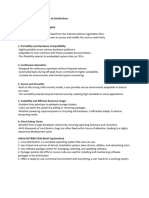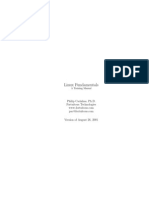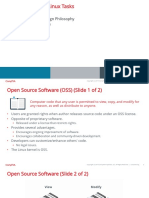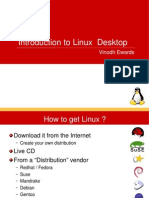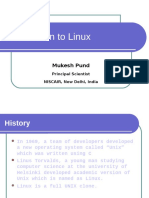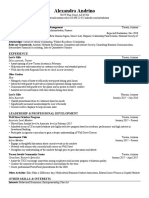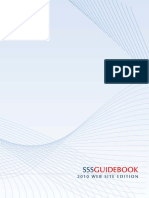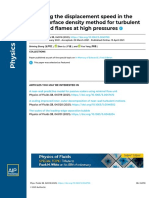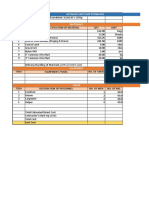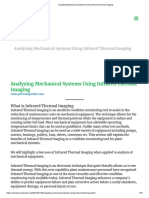0% found this document useful (0 votes)
4 views4 pagesUnit I LinuxUnix Fundamentals
This document outlines a module on Linux/Unix fundamentals aimed at teaching students essential skills such as file navigation, manipulation, and understanding file permissions. It introduces key Linux commands, the concept of Linux distributions, and highlights popular distributions along with their specific use cases. The module concludes with assessment tasks to evaluate student understanding of the material.
Uploaded by
irajanerenoblas067Copyright
© © All Rights Reserved
We take content rights seriously. If you suspect this is your content, claim it here.
Available Formats
Download as PDF, TXT or read online on Scribd
0% found this document useful (0 votes)
4 views4 pagesUnit I LinuxUnix Fundamentals
This document outlines a module on Linux/Unix fundamentals aimed at teaching students essential skills such as file navigation, manipulation, and understanding file permissions. It introduces key Linux commands, the concept of Linux distributions, and highlights popular distributions along with their specific use cases. The module concludes with assessment tasks to evaluate student understanding of the material.
Uploaded by
irajanerenoblas067Copyright
© © All Rights Reserved
We take content rights seriously. If you suspect this is your content, claim it here.
Available Formats
Download as PDF, TXT or read online on Scribd
/ 4








